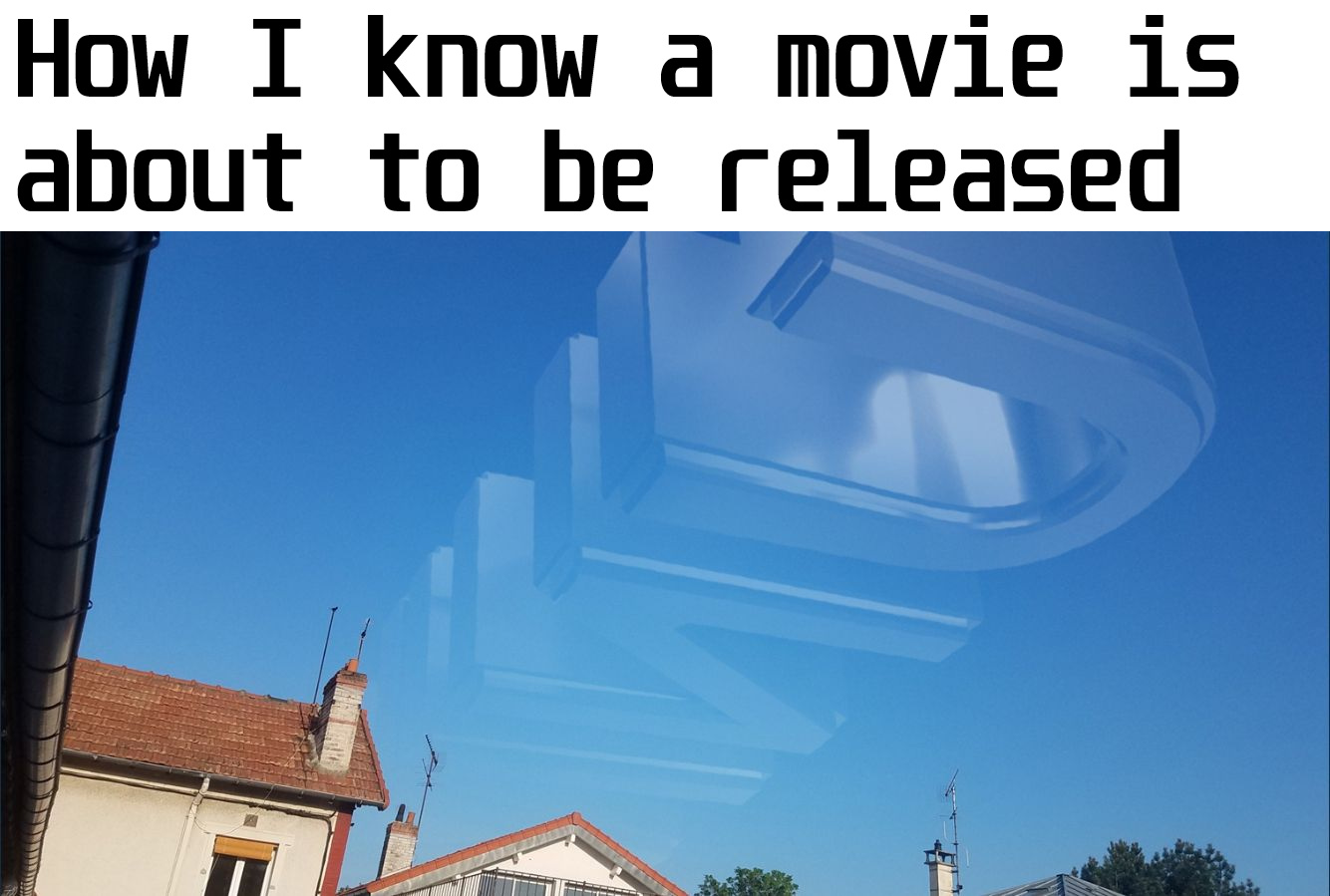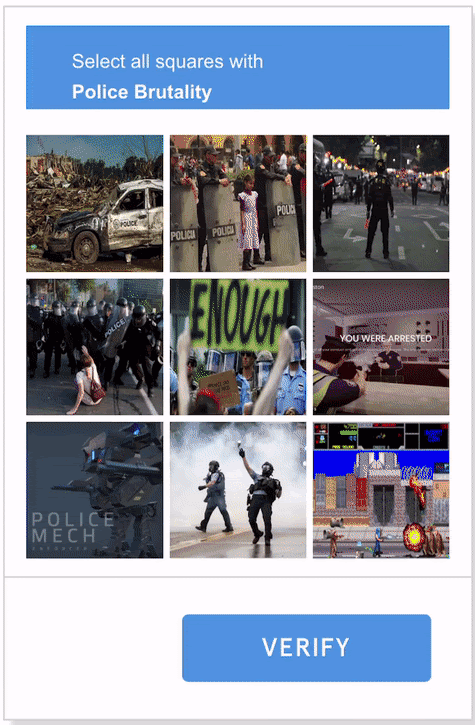Oxygen Care
Creators: Jose, Melvin, Anthony, Jonathan, Michael, and Absalom
School: Middle School Students from Mouse Design League (DIIT) @ IS 145Q

About this Project
Our project is an app that addresses the challenge of health/oxygen challenges. Our app works in a similar way to most health apps. Users can talk to live doctors for any concerns they would have.
We came up with this idea using the human centered design process after interviewing people struggle with breathing. The big driving force behind coming up with this app was Covid. Many people worried about their breathing and oxygen levels, Oxygen Cares gives everyone access to a free Blood Oxygen level machine through their phone.
Project Links
Take a Closer Look
What the Judges are Saying
This is such an important topic, it's so great to see a team working on this! Also, the screens you added, including the loading screen, provide the specific details that help me imagine the app in action. That was one of the skills I really honed in my first time working professionally on an iPad application, so you're ahead of the game there!
An idea for something you could explore moving forward - when a user has their thumb on the screen and the screen switches to the results page with their numbers, users might be blocking those numbers with their thumb. Have you considered putting the results elsewhere on the screen? I also know wearables (like the Apple watch) are a hot topic in today's health applications, so that could be another road to consider in the future if you keep working on this. Overall, it's such a thoughtful project that could make a big impact in people's lives. Keep on addressing challenges like this and I know you all will do some amazing things!
An idea for something you could explore moving forward - when a user has their thumb on the screen and the screen switches to the results page with their numbers, users might be blocking those numbers with their thumb. Have you considered putting the results elsewhere on the screen? I also know wearables (like the Apple watch) are a hot topic in today's health applications, so that could be another road to consider in the future if you keep working on this. Overall, it's such a thoughtful project that could make a big impact in people's lives. Keep on addressing challenges like this and I know you all will do some amazing things!
Good work! The Apple Watch has a Blood Oxygen sensor in it since 2020. One suggestion would be to think about what would make your app different from the Apple Watch's ability to measure this.
It's great that you're taking on this important health topic. Being able to deliver a service like this through a standard mobile phone is great because it's accessible to so many people these days and they should be able to use it to check on their health without having to remember to bring other special devices.
I like that you thought through the information that the app might need to collect from its users in order to be able to tie into emergency services.
When it comes to actually implementing a sensor like this, it may not actually work to use the phone's screen. The touchscreen has a grid of capacitive sensors that can sense a conductor like your finger, but the conductance may not be affected by oxygen level.
If you're interested, here are some videos on how capacitive sensors work in smart phone screens:
https://www.youtube.com/watch?v=BR4wNq6WGkg
https://www.youtube.com/watch?v=cFvh7qM6LdA
However, it is possible to build an oximeter using a cell phone. Oximeters work by sending pulses of two different wavelengths of light into the finger and sensing the amount of reflected light from each. Oxygenated blood absorbs more of one wavelength than the other, so based on the amount of each color light that comes back, it's possible to estimate the oxygen level. But, it turns out that the flash led on the camera on many phones can be used to send pulses of light of the right wavelengths and the camera can sense the reflection. So, an app like the one you've designed could really be built using the camera instead of the screen!
I like that you thought through the information that the app might need to collect from its users in order to be able to tie into emergency services.
When it comes to actually implementing a sensor like this, it may not actually work to use the phone's screen. The touchscreen has a grid of capacitive sensors that can sense a conductor like your finger, but the conductance may not be affected by oxygen level.
If you're interested, here are some videos on how capacitive sensors work in smart phone screens:
https://www.youtube.com/watch?v=BR4wNq6WGkg
https://www.youtube.com/watch?v=cFvh7qM6LdA
However, it is possible to build an oximeter using a cell phone. Oximeters work by sending pulses of two different wavelengths of light into the finger and sensing the amount of reflected light from each. Oxygenated blood absorbs more of one wavelength than the other, so based on the amount of each color light that comes back, it's possible to estimate the oxygen level. But, it turns out that the flash led on the camera on many phones can be used to send pulses of light of the right wavelengths and the camera can sense the reflection. So, an app like the one you've designed could really be built using the camera instead of the screen!
Community Feedback
👏 a Community Member
Wonderful resource ideas for the community!







